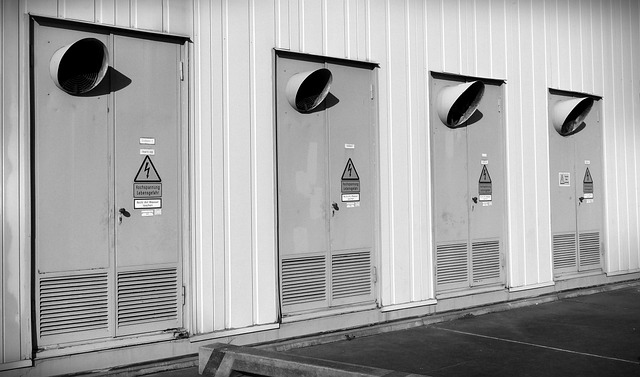Regular maintenance, particularly cleaning and inspection, is vital for a Cold Air Intake (CAI) system to maximize vehicle performance and fuel efficiency. Over time, dust, dirt, and debris can accumulate, reducing airflow and impacting the engine. To prevent this, clean the intake using compressed air or specialized tools, visually inspect for damage or moisture intrusion, and deep clean periodically with a pressure washer, degreaser, brushes, and cloth. Additionally, regularly replace air filters and check for leaks to ensure optimal performance and airflow.
In pursuit of peak engine performance, understanding the intricacies of your vehicle’s cold air intake (CAI) system is paramount. This crucial component ensures a steady supply of cool, dense air, enhancing fuel combustion and power output. This article guides you through essential performance maintenance steps, focusing on CAI care. From regular upkeep to in-depth cleaning, these tips will help you keep your engine breathing efficiently, ensuring optimal performance and longevity. Learn the art of cold air intake maintenance today for a revitalized ride.
- Understanding Cold Air Intake Systems and Their Importance
- Regular Maintenance Tasks for Optimal Performance
- Deep Cleaning: A Step-by-Step Guide to Revitalizing Your System
Understanding Cold Air Intake Systems and Their Importance

Cold air intake (CAI) systems are a crucial component in enhancing engine performance and efficiency, especially in vehicles designed for speed and power. These systems work by drawing in cool, dense air from outside the vehicle, bypassing the hot air that would normally be ingested through the engine’s stock intake manifold. This cold air is then directly fed into the engine, providing a rich supply of oxygen that can be burned more efficiently. The result is increased horsepower, torque, and overall engine performance.
Regular maintenance of your CAI system is essential to ensure it continues to function optimally. Cleaning your cold air intake tips and filters is a simple yet vital step in this process. Dust, dirt, and debris can accumulate over time, reducing airflow and potentially causing your engine to run less efficiently. Following the manufacturer’s guidelines for cleaning intervals, using appropriate cleaning solutions, and carefully inspecting the components for any damage or wear will help keep your CAI system running smoothly, maximizing both performance and fuel economy.
Regular Maintenance Tasks for Optimal Performance

Regular maintenance is key to keeping your vehicle running at peak performance, and that includes tasks specifically designed to enhance engine breathing efficiency, such as cold air intake (CAI) maintenance tips. A clean and unobstructed cold air intake system ensures a consistent supply of cool, dense air to the engine. Over time, dust, dirt, and debris can accumulate inside the CAI, reducing airflow and potentially affecting fuel injection performance. To prevent this, regular cleaning is recommended, typically involving removing the intake and using compressed air or specialized tools to clear out any buildup.
Additionally, inspecting for cracks, damage, or moisture intrusion in the cold air intake assembly is crucial. Such issues can compromise the integrity of the system, leading to reduced performance. Regular visual checks and timely repairs can help maintain optimal engine performance by ensuring your vehicle’s breathing system remains efficient.
Deep Cleaning: A Step-by-Step Guide to Revitalizing Your System

Deep Cleaning your vehicle’s cold air intake (CAI) system is a vital step in maintaining peak performance and efficiency. Start by locating your CAI, often found under the hood, near the engine. Gather the necessary tools, including a pressure washer, degreaser, brushes, and a clean cloth or sponge. Remove any debris or dirt buildup using the pressure washer, followed by applying degreaser to break down stubborn grime. Use the brushes to scrub the internal components thoroughly. Rinse with water and dry completely before reassembling. This process not only enhances airflow but also ensures your engine inhales clean air, resulting in improved fuel efficiency and reduced wear and tear.
For added maintenance tips, consider regular cleaning of air filters to prevent clogging, which can restrict airflow. Additionally, inspect the CAI for any signs of damage or leaks, addressing these issues promptly to maintain optimal performance.
Maintaining your vehicle’s cold air intake (CAI) system is crucial for ensuring optimal engine performance and efficiency. By regularly performing tasks outlined in this article, such as understanding CAI systems, deep cleaning, and adopting preventative measures, you can keep your car running smoothly. Remember, proper cold air intake maintenance tips can extend the life of your system and ensure your vehicle continues to deliver powerful performances.














